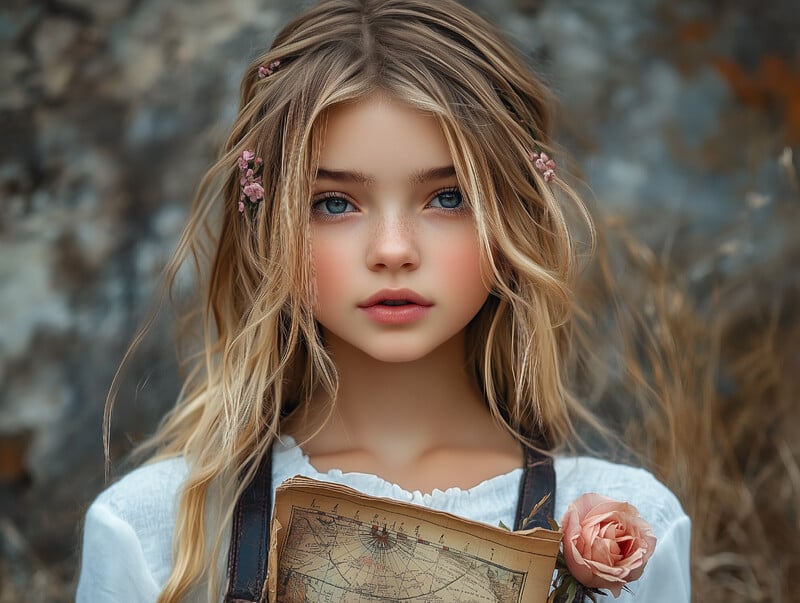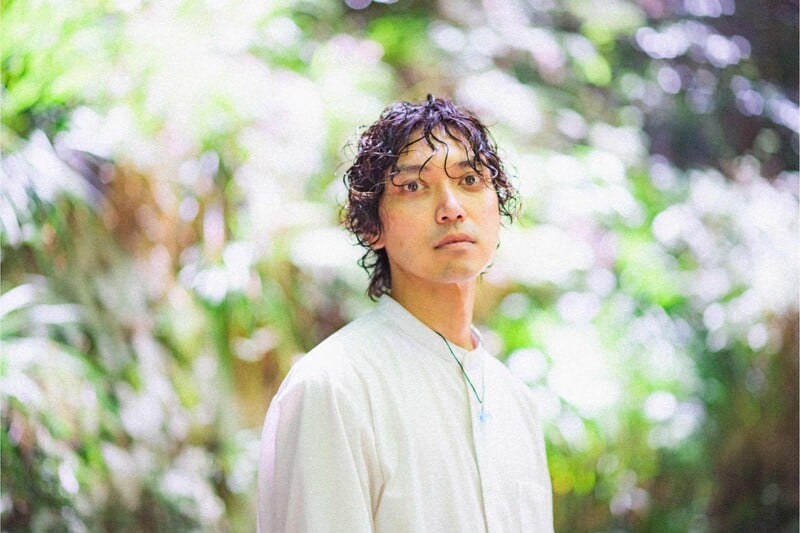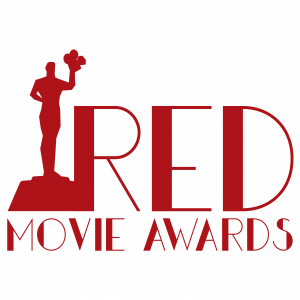THE INTERVIEW
September, 2025
TAICHI KUNIGAMI
DIRECTORS OF Map of Time — Episode 1: The Dawn of Beginnings
BEST AI
Taichi, tell us a bit more about yourself. Where does your desire to be a director come from?
I began my journey as a musician and storyteller, always fascinated by the power of sound and narrative to move emotions. Over time, I realized that film could bring music, story, and visuals together into one unified form. My desire to direct came from wanting to create a world where the characters could truly live and breathe.
What is your background?
I was trained as a classical pianist in my childhood and discovered the guitar as a teenager. Since then, music has been at the center of my life. I have performed in Japan and abroad, including in London and Lithuania. In addition, I once served as the director of a care facility, an experience that allowed me to deeply confront the stories of life and death. All of this has flowed into my current practice of blending music, film, and painting into a single artistic expression.
What were your references for Map of Time — Episode 1: The Dawn of Beginnings?
The greatest inspiration came from my own life—especially the loss of my mother. The passing of time and the rhythms of nature became the foundation of the story.

You won Best AI at the RED Movie Awards, what does that mean to you?
It is a great honor. To me, this recognition is not only about technology, but about proving that AI can serve as a new tool for human storytelling. Receiving this award has given me confidence to continue exploring how timeless human themes can merge with the most modern of tools.
Your work often explores time, silence, and personal identity. How do these themes specifically shape the narrative of The Map of Time and Luna’s journey?
Luna is the only girl unable to use magic in a world where everyone else can. Her “silence” and “difference” eventually become her strength. The theme of time shows that identity is not fixed—it can grow, change, and heal. Just as the silence between notes in music is essential, so too is the silence within the story. These ideas also mirror my own life, where loss and silence have led me to deeper creativity.
Generative AI is at the heart of your visuals. Some argue that it reduces space for traditional artistic creation. How do you respond to that criticism, and what do you see as the unique value AI brings to your storytelling?
I see AI not as a replacement, but as a collaborator. The brush is still in my hand, but the colors are infinite. Traditional expression is not diminished—it is expanded. With AI, I can create visual worlds that resonate with my music, worlds that would have been impossible to realize with limited resources.
Some artists feel threatened by AI, fearing it replaces human creativity. How do you respond to that concern?
Creativity is born from the human heart. AI has no memory, emotions, or lived experiences, which are the true sources of storytelling. It is only a tool—like a guitar or a camera. Without human intention, it cannot produce meaningful work. More than ever, I feel that the question of what it means to be human will be asked.
Do you think audiences perceive films made with AI differently than traditionally made ones?
Yes, audiences are often curious or skeptical. But in the end, what matters most is whether they feel something. If a film created with AI can make someone cry or give them hope, then it stands side by side with traditional works. The tool may be new, but the essence of storytelling remains timeless.
You’ve described Map of Time as a 12-episode fantasy series. What are your hopes for how audiences will experience this project, and do you envision expanding it beyond film into other forms of art?
I hope audiences will experience this story as they do with music: not just once, but returning to it like a diary of their own emotions. In fact, I am already expanding beyond film into music albums, oil paintings, and literature. Map of Timeis not merely a film series—it is a total artwork, a universe where people can see reflections of themselves.

What is your next project?
I am continuing the Map of Time series. At the same time, I am developing a feature-length version of the story and working on new oil paintings under my Blue Prayer series. My next goal is to bring Map of Time to audiences in Europe and the US, building bridges across cultures through a shared story of courage, silence, and renewal.

